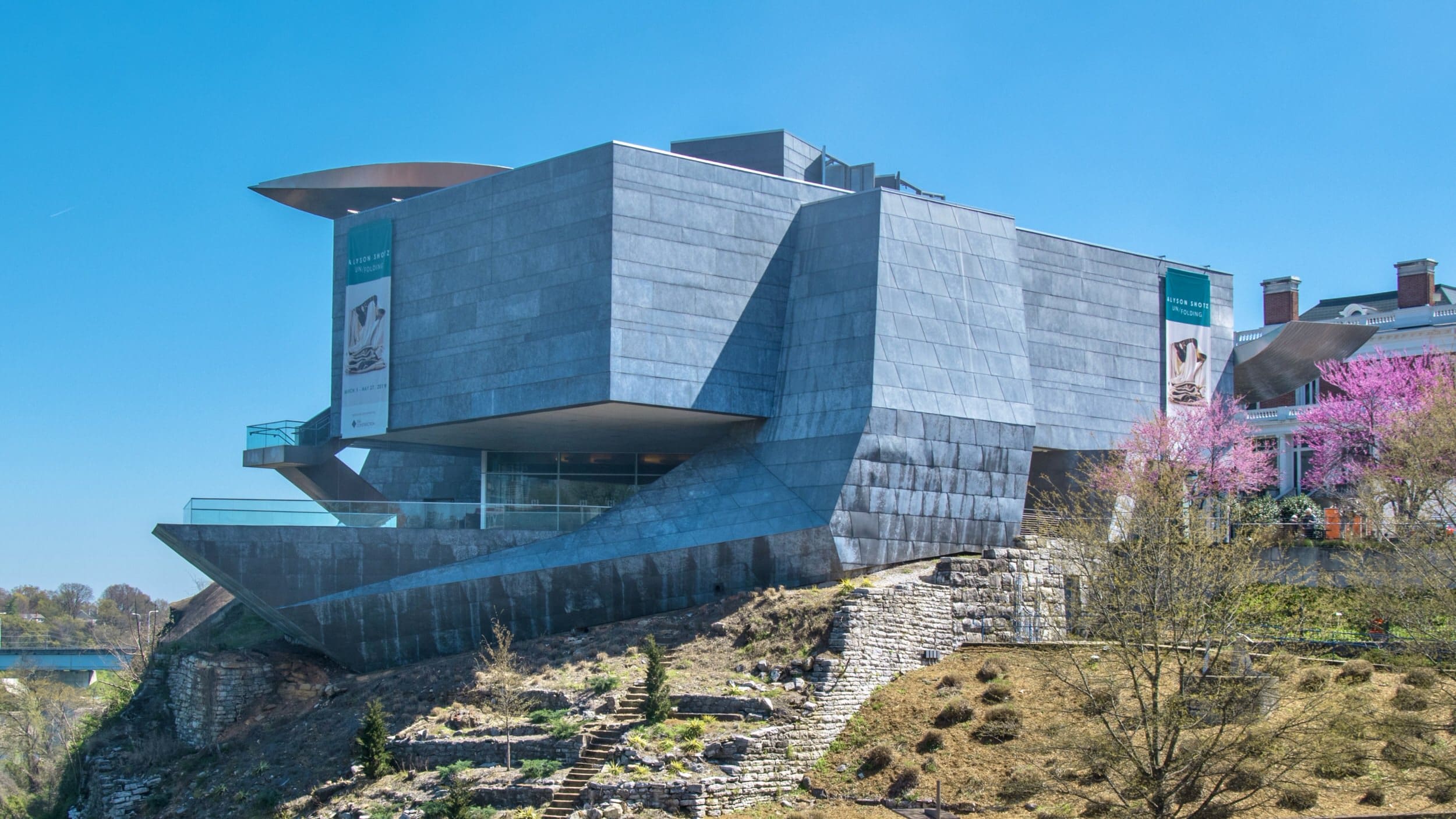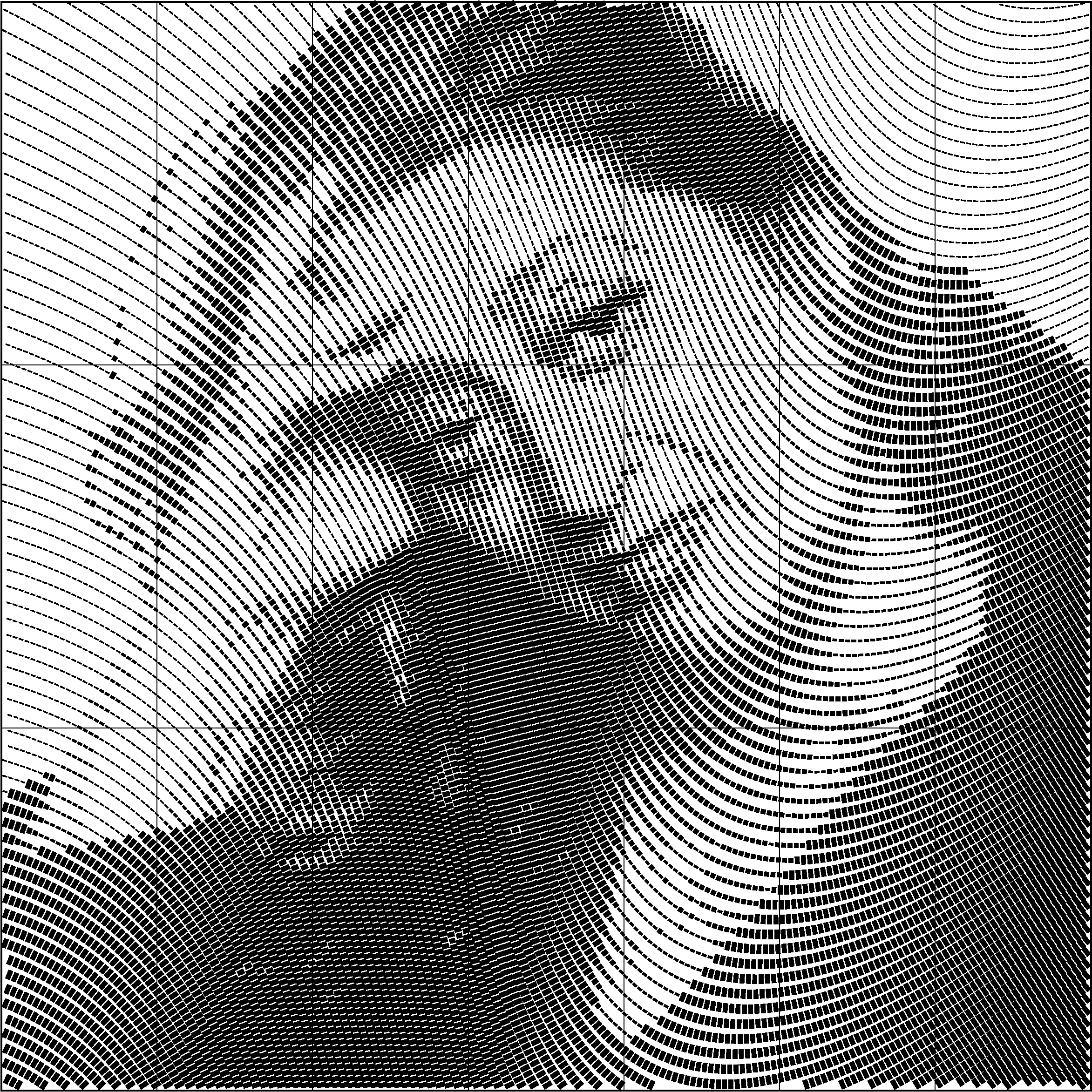SoFi Stadium
SoFi Stadium is a sports and entertainment destination built in Inglewood, CA. Referred to as “unprecedented and unparalleled,” SoFi Stadium is the indoor/outdoor home of the Los Angeles Chargers and the Los Angeles Rams. SoFi will host a variety of events year-round, including Super Bowl LVI, the 2023 College Football Championship Game, and the 2028 Opening and Closing Ceremonies of the Olympic Games.
Designed by HKS, the 70,000-seat stadium also has a 6,000-seat venue and a 2.5-acre plaza, all of which are covered by a canopy of translucent ETFE membrane and 34,789 unique panels both in perforation and shape. Zahner’s expertise in perforated imagery (ImageWall®) was put to the test by HKS LINE and their image discretization algorithms/software. The panels were then manufactured by Zahner using a mass customization process developed in coordination with the architect.
HKS designed a unique canopy and skin for SoFi Stadium featuring custom-perforated anodized aluminum panels from Zahner.
PHOTO © NIC LEHOUXZAHNER PRODUCED 512 PANELS PER WEEK, OVER 67 WEEKS TO BE DELIVERED ON-SITE AND INSTALLED.
PHOTO © NIC LEHOUXZahner was brought on board to provide Zahner Assist, which allowed the architect to prove out their design and materials. As a result of the design team’s satisfaction, Zahner was ultimately chosen to furnish the outer shell scope of the stadium.
Drone view of the Frost White anodized aluminum front soffit of SoFi Stadium.
Photo by Jesse Pacheco, ARKO | © A Zahner CompanyDrone Video
Custom Frost White Anodized Aluminum
During the Zahner Assist phase, Zahner was asked to develop an anodized finish with a white tint for the project, which did not exist in the market at that time. Using Zahner’s expertise in metallurgy, the Frost White anodized finish was developed specifically for SoFi Stadium. Due to its weight and strength, aluminum has a great benefit in many architectural applications. This finish was also applied to the 16 feet-long leading edge fascia of the canopy, which Zahner fabricated and supplied.
Closeup of Frost White anodized aluminum triskin panels.
© A Zahner CompanyThe unique Frost White anodized finish on 1/8 inch thick aluminum panels has never been used before in any other project.
Photo by Jesse Pacheco, ARKO | © A Zahner CompanyDrone view of the Frost White anodized aluminum front soffit of SoFi Stadium.
Photo by Jesse Pacheco, ARKO | © A Zahner CompanyMass Customization Through Digital Fabrication
Together with HKS, Zahner created a parametric design-to-fabrication workflow that streamlined production activities from the design model to the fabrication machine. On SoFi Stadium the promise of mass customization (part variation without additional cost) was realized through novel software automation and atypical project delivery methods.
A key to the production process was the transfer of design intent from the architect to Zahner. Instead of creating individual panel drawings (labor intensive to make and review), the architect provided ‘encoded’ text files with design intent for each unique panel. Zahner developed an automation script that automatically read each text file, nested each panel, and applied part specific fabrication parameters.
By virtue of this analysis, we were able to generate machine instructions directly from the design model, removing laborious tasks that traditionally add cost but not value. Ultimately this streamlined, collaborative process led to a drastic cut in the programming time for each panel from an unacceptable 15 min to an impressive 7 seconds per panel, managing the volume of unique panels efficiently and affordably.
Graphic showing the typical CNC fabrication method of one program producing 1000x parts.
© A Zahner CompanyGraphic showing Zahner's challenge of 10,000x programs producing one unique part per program.
© A Zahner CompanyThis process fluidity is not typical in traditional production workflows where design and engineering tools are siloed from manufacturing tools. Here we wielded a computational dexterity common in the design/engineering software further downstream within the manufacturing process. The workflow allowed us to embed fabrication and sequence information directly into the CAD model during the design and engineering phase.
Included in the embedded information was an inscribed “dot code” on each panel, trackable via a custom app through the fabrication, shipping, and installation processes. This was a critical part of fabricating and shipping all 34,789 unique triskins under an expedited project schedule. Using this improved process, communication between architect, engineer, fabricator, and installer was seamless and the team was able to respond to project changes without incurring extra costs.
Project Timeline showing the reduction of computation and the growth of costs as a project progresses.
© A Zahner CompanySingle panel design with fabrication details and instructions.
© A Zahner CompanyCloseup of panel design details.
© A Zahner CompanyCloseup of the inscribed "dot code" used to track the panel through the fabrication, shipping, and installation processes.
© A Zahner CompanyFabrication Process
The panels attach to a steel space frame, which attaches to the steel superstructure surrounding the stadium; along with the roof, this makes up the canopy. The independently supported canopy (separate from the stadium bowl structure) covers the stadium, allowing for wind circulation, diffused lighting, and protection from the elements.
Custom tooling was designed by Zahner for creating the softened edges around the perforations.
© A Zahner CompanyUnderside of the support structure that forms the SoFi Stadium canopy.
© A Zahner CompanyThe triangular panels attach to a support system, which attaches to the steel structure surrounding the stadium.
© A Zahner CompanyPre-fabricated mega panel being installed into place on-site.
© A Zahner CompanyZahner worker on site for the construction of SoFi Stadium.
© A Zahner CompanyUnderside of the support structure that forms the SoFi Stadium canopy.
PHOTO © NIC LEHOUX


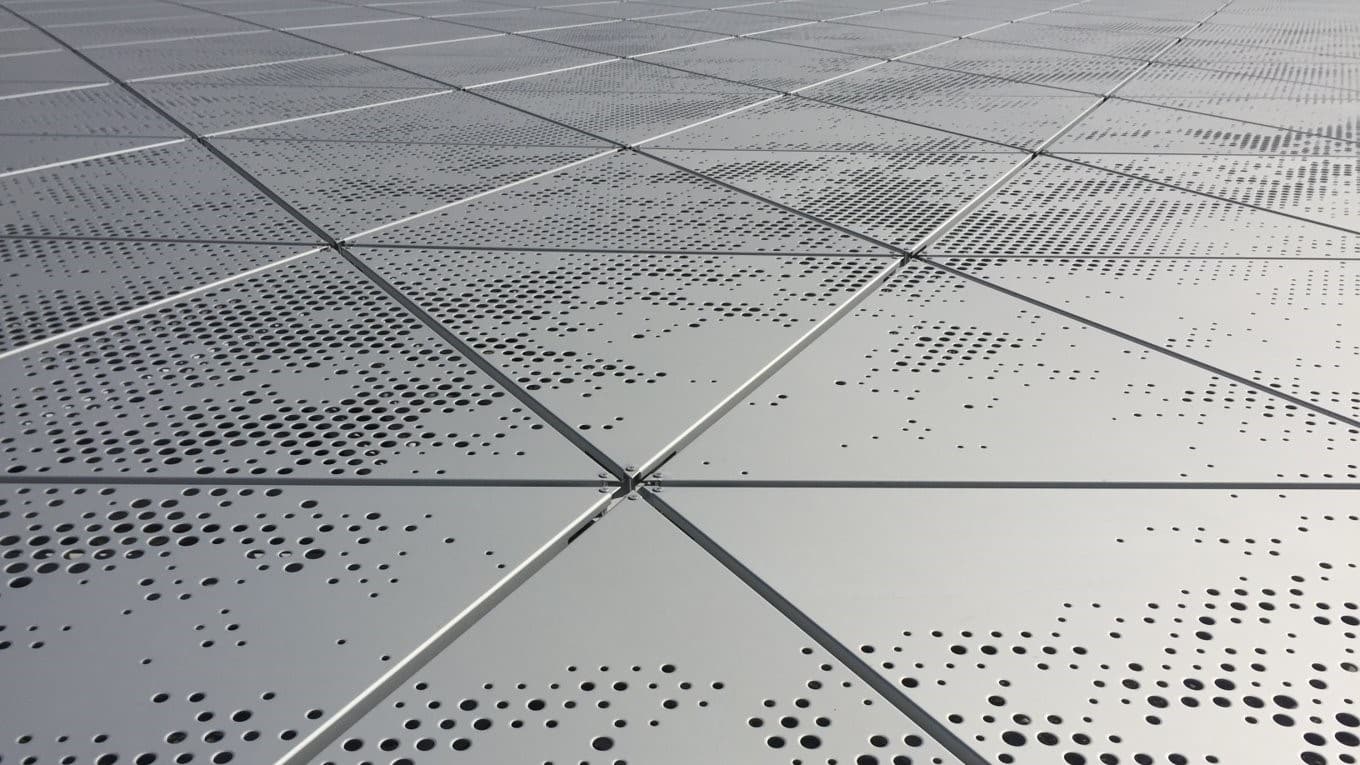















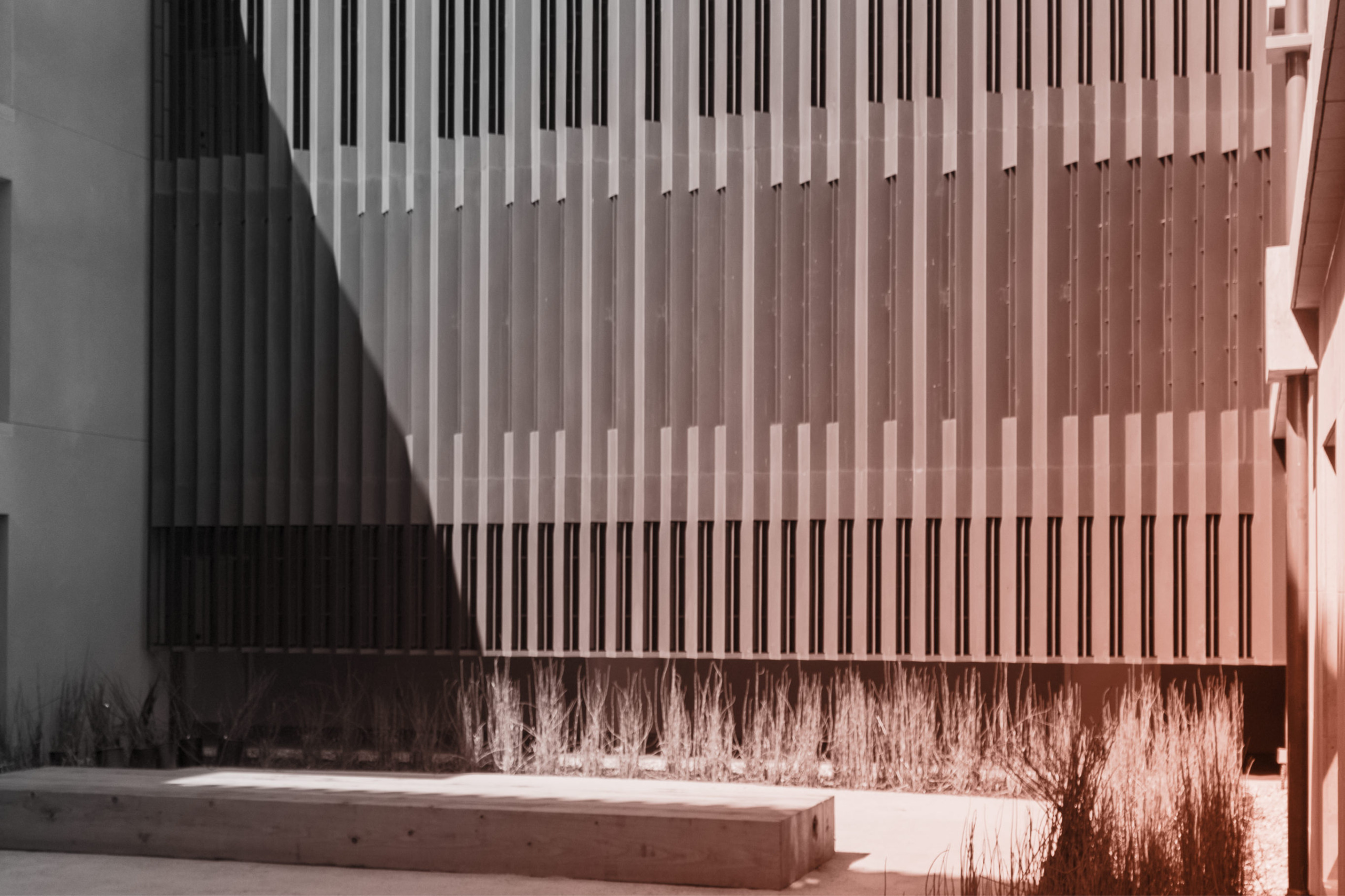
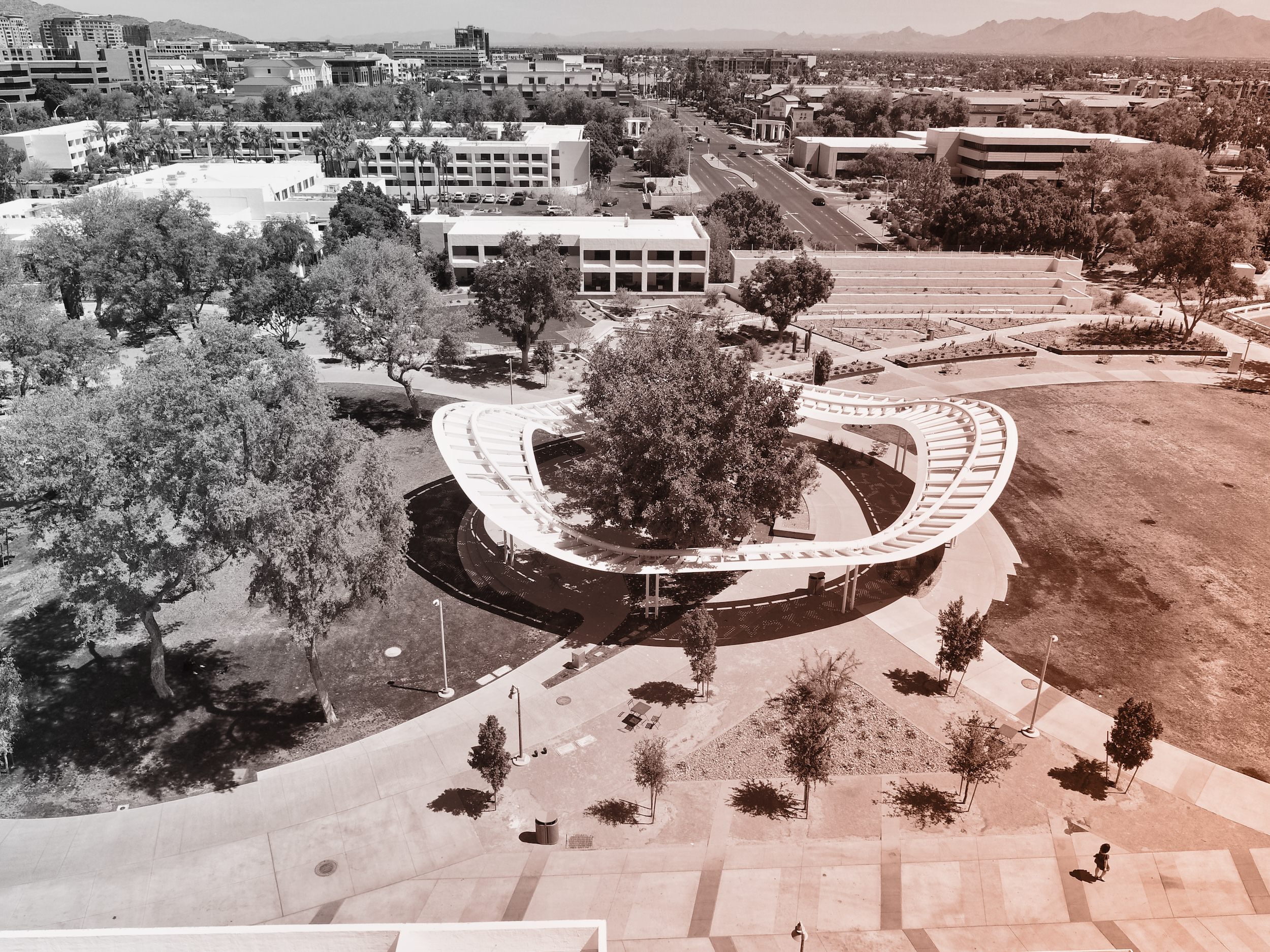
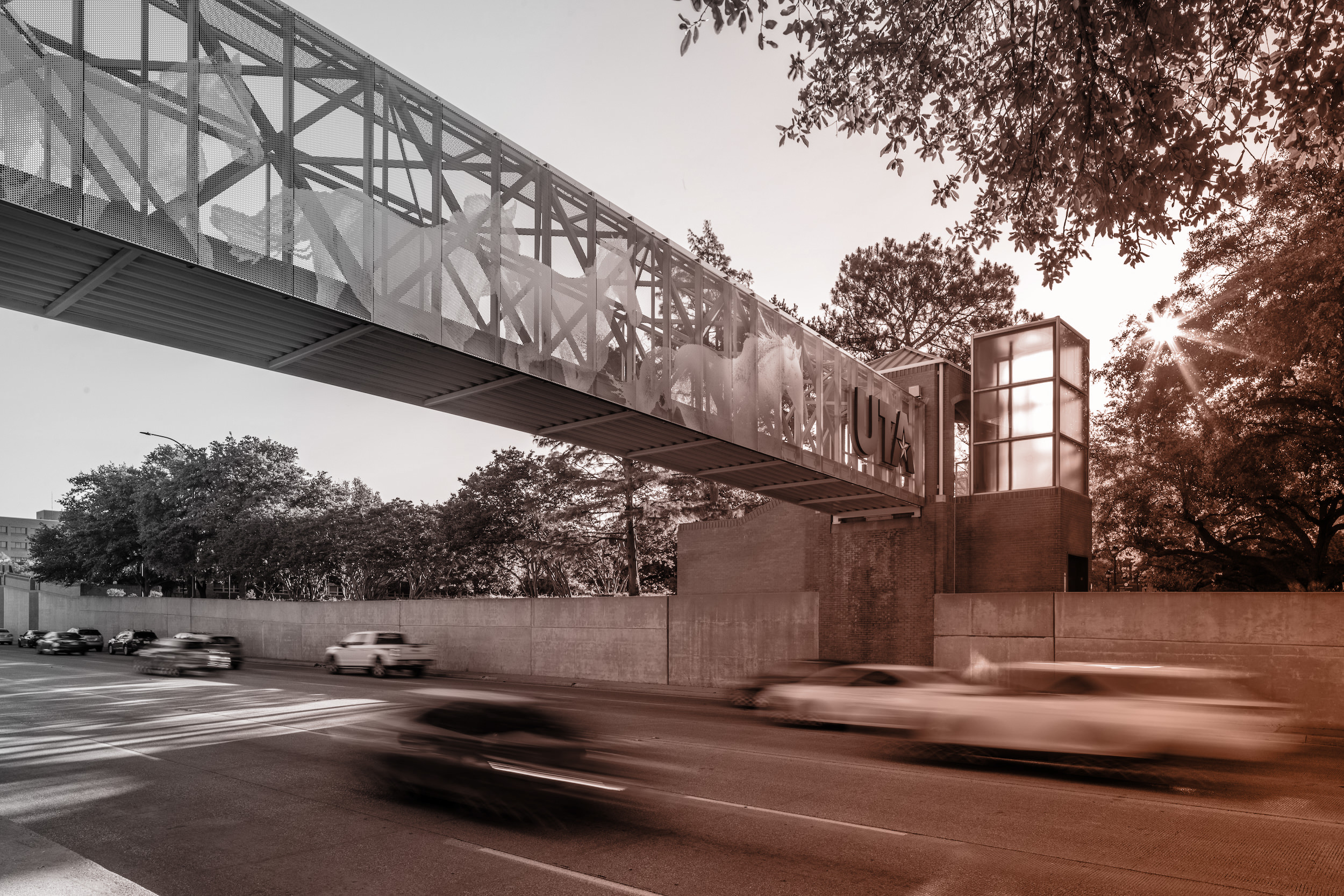 PHOTO ©️ Parrish Ruiz de Velasco (parrch.com)
PHOTO ©️ Parrish Ruiz de Velasco (parrch.com)
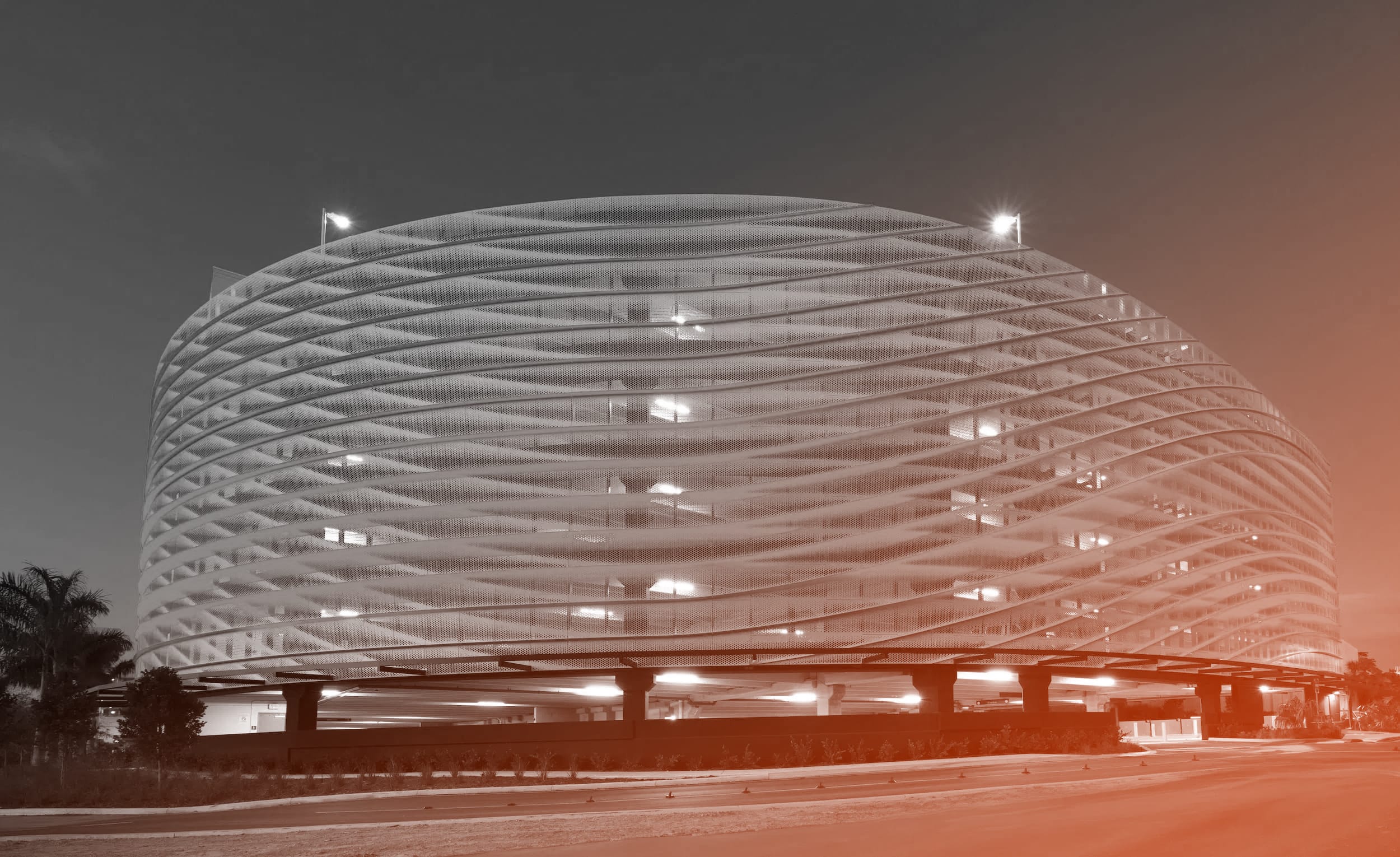
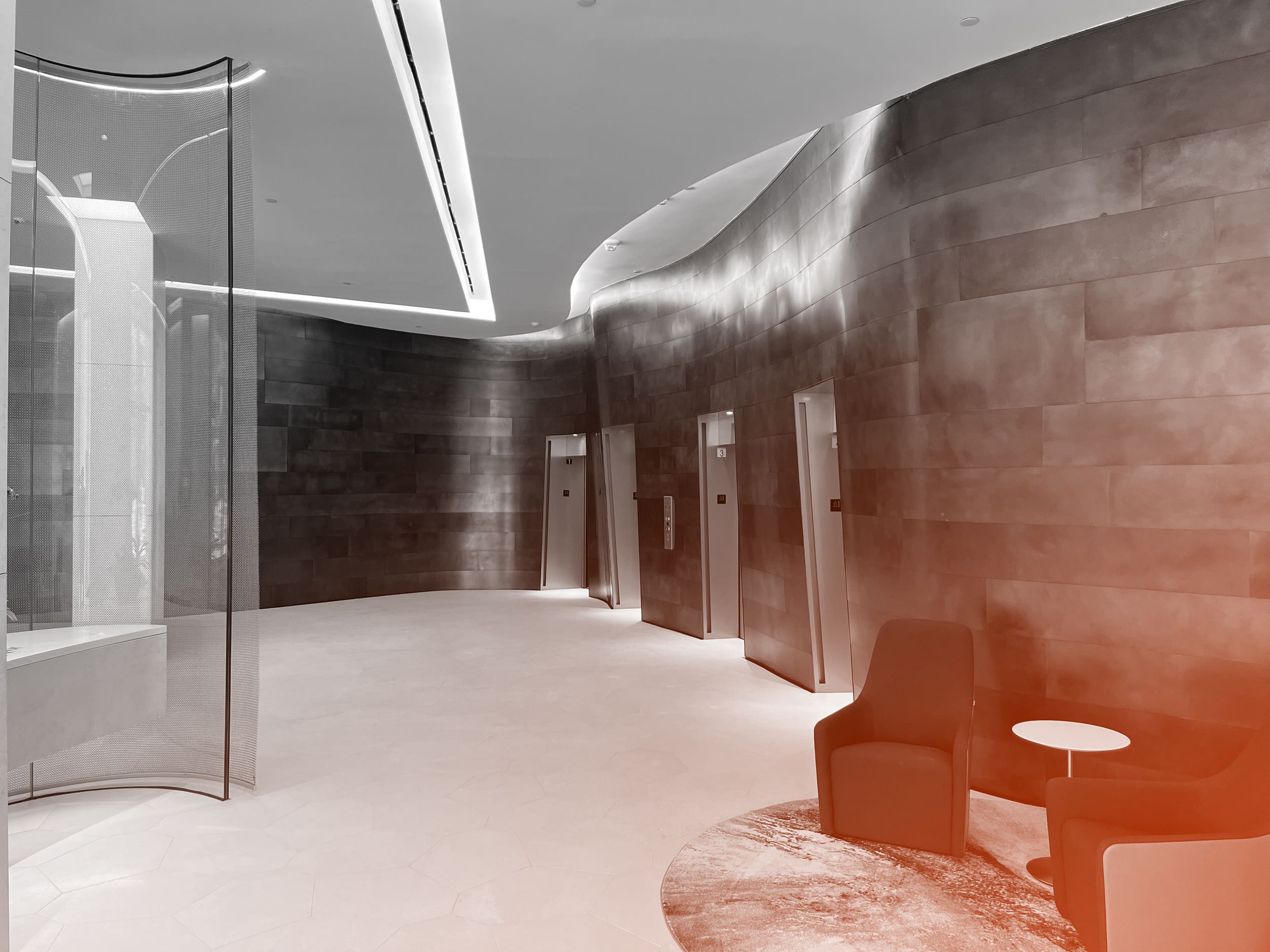
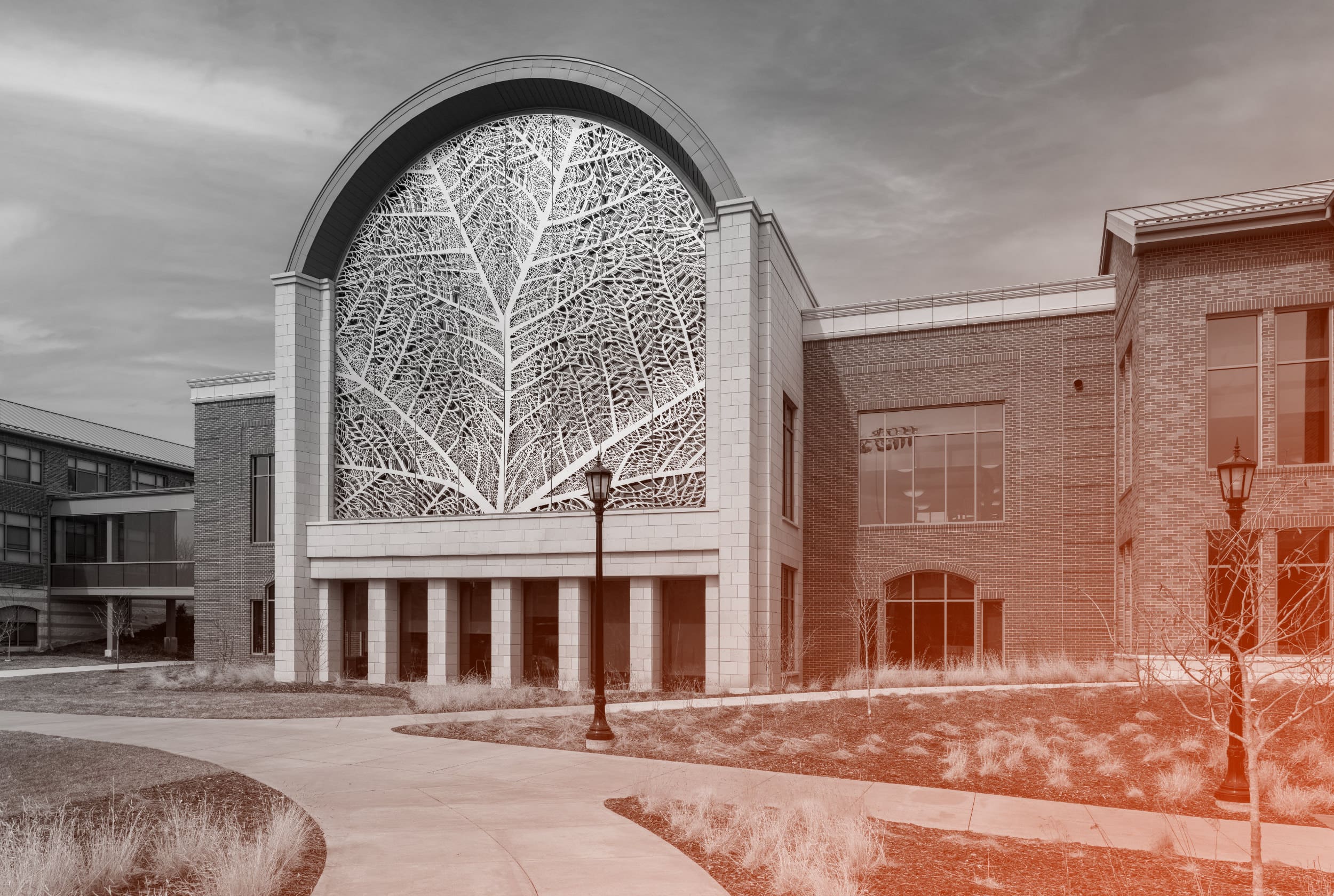
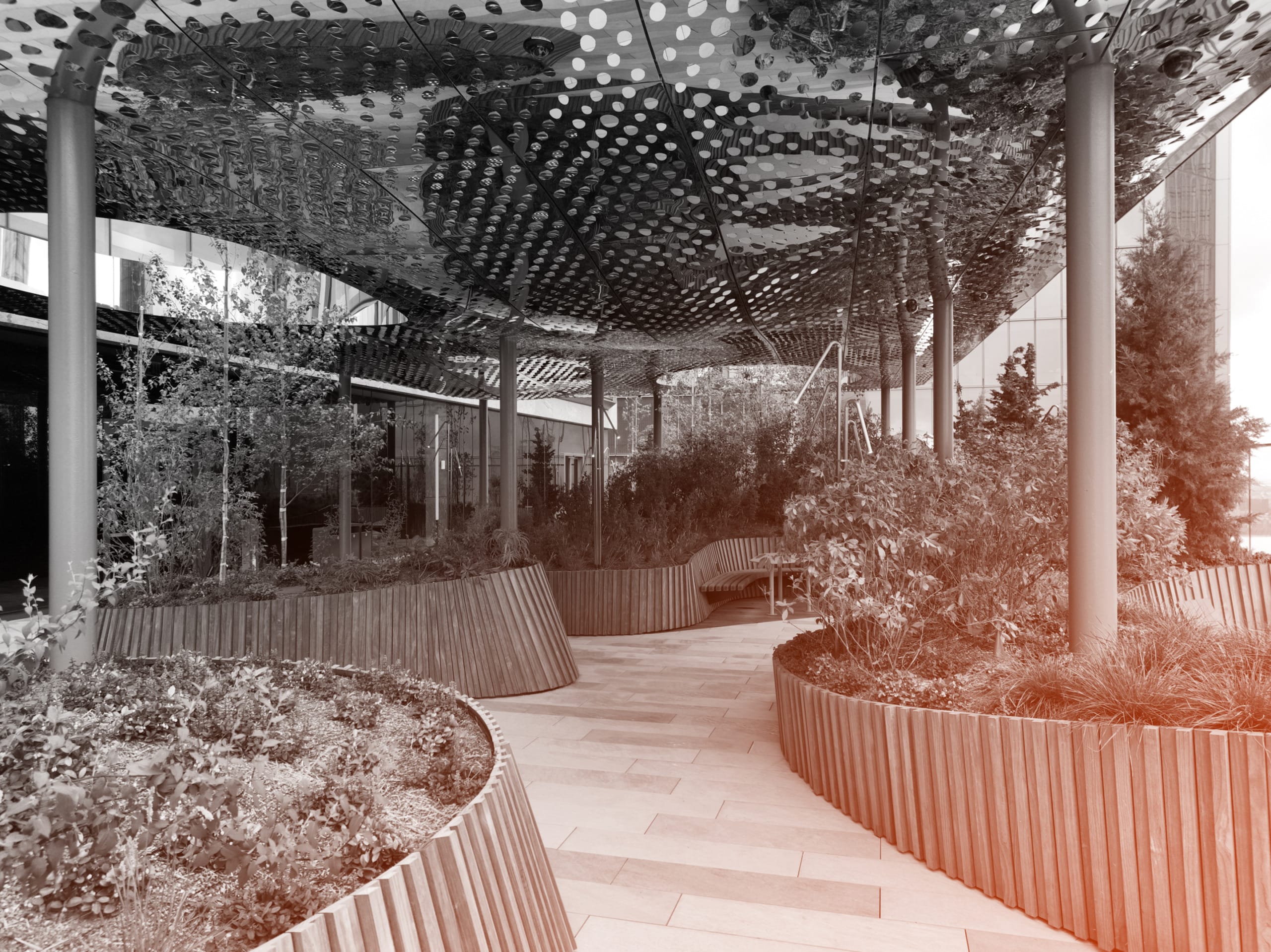 © Fedora Hat Photography
© Fedora Hat Photography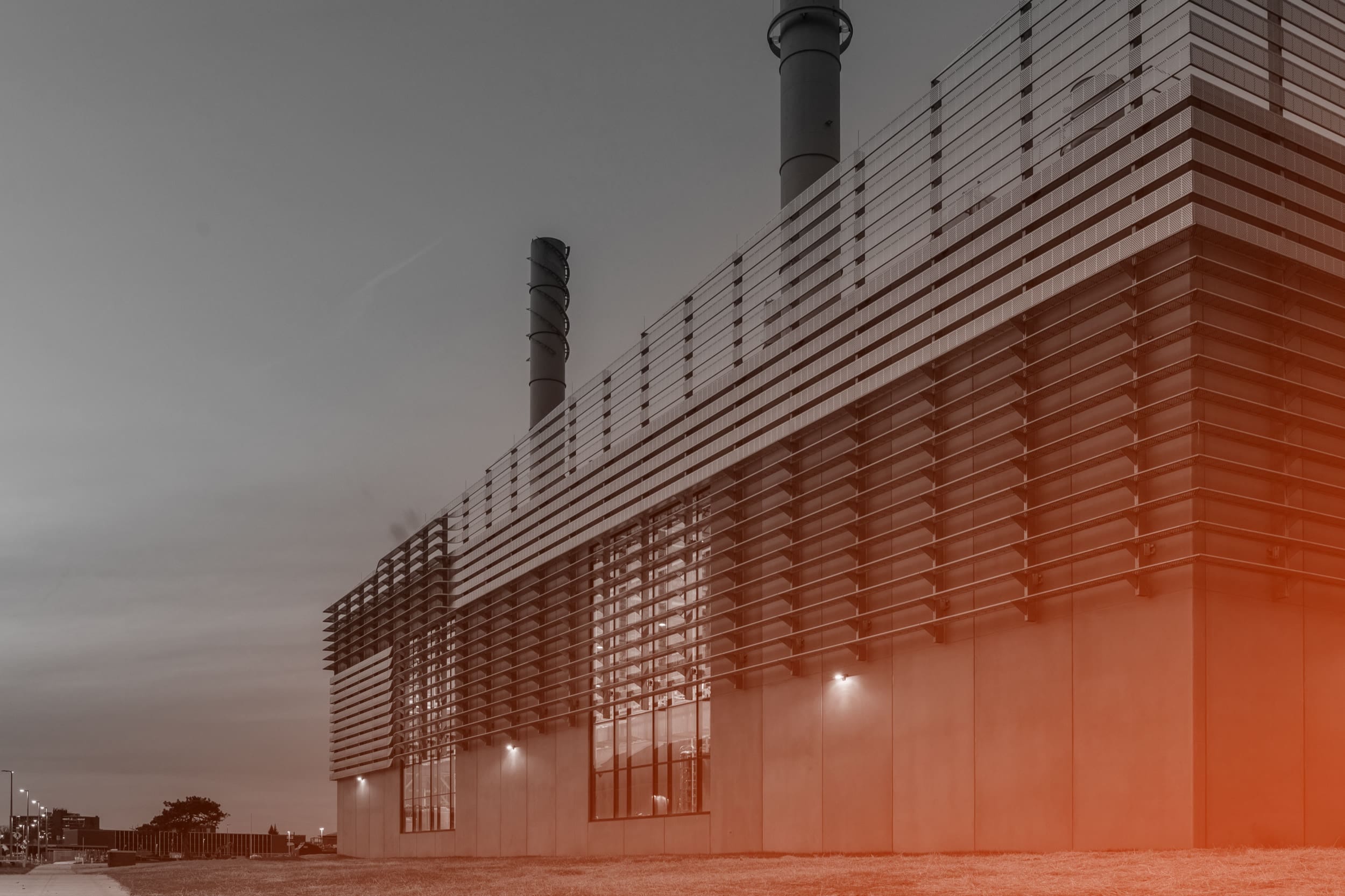 Photo by Andre Sigur | ARKO
Photo by Andre Sigur | ARKO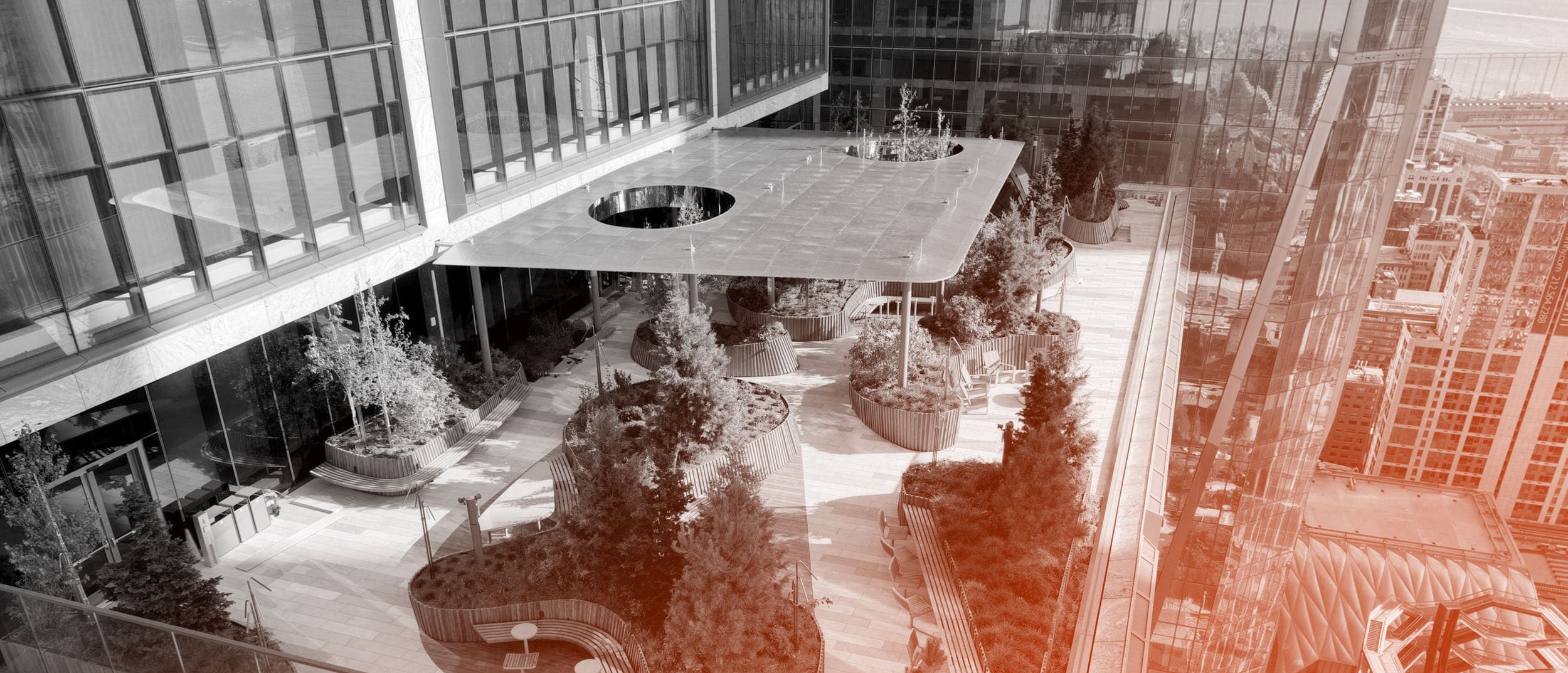
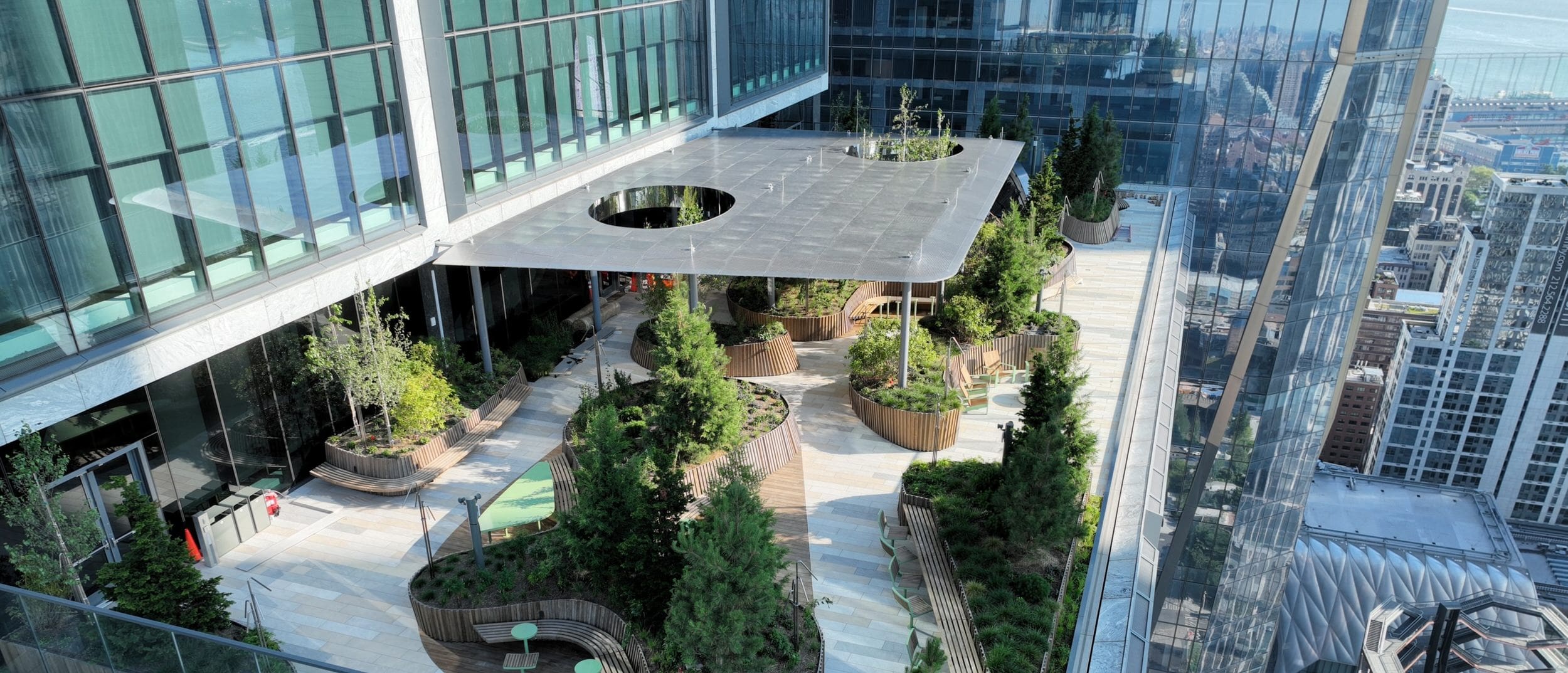
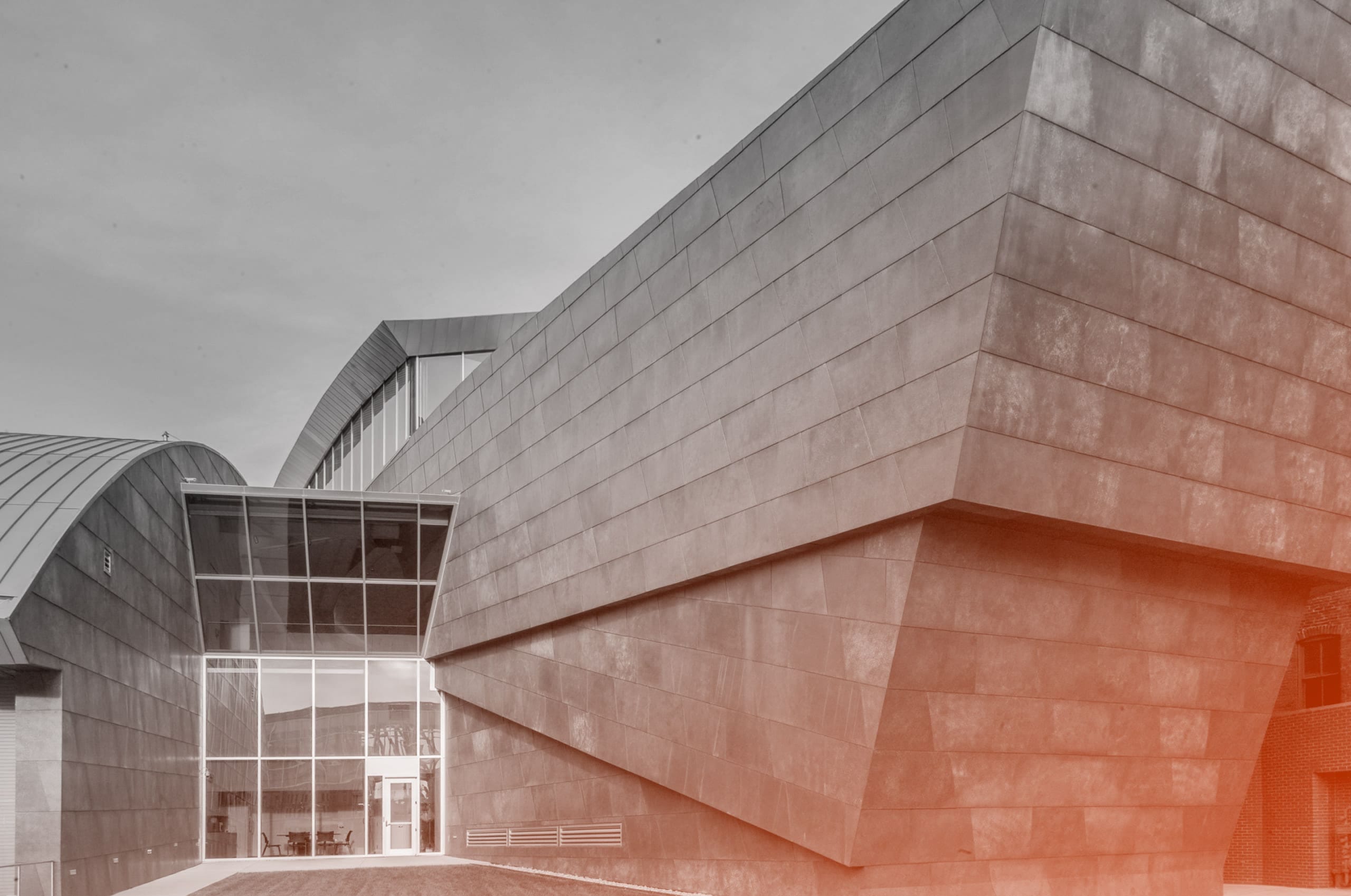
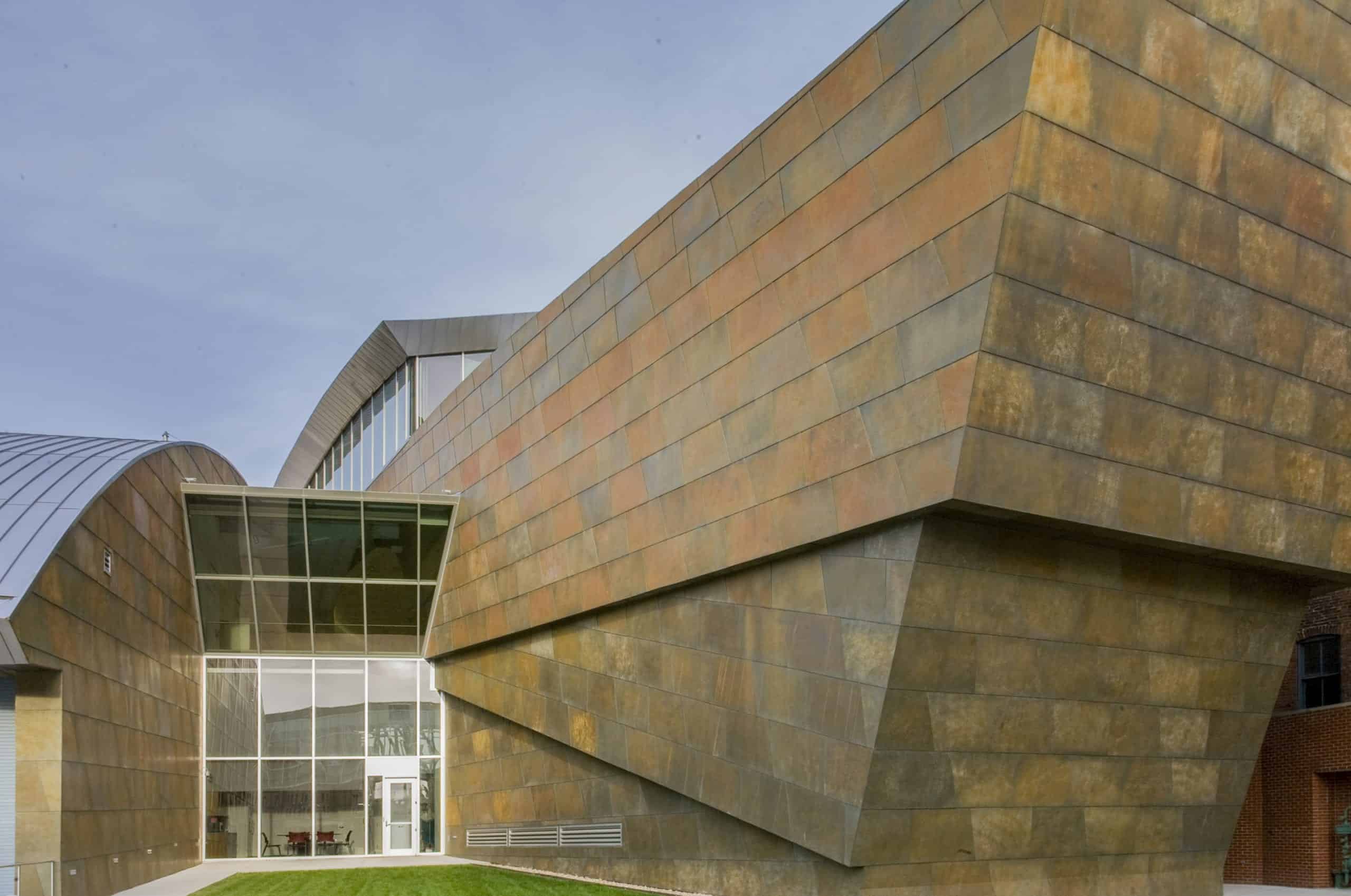
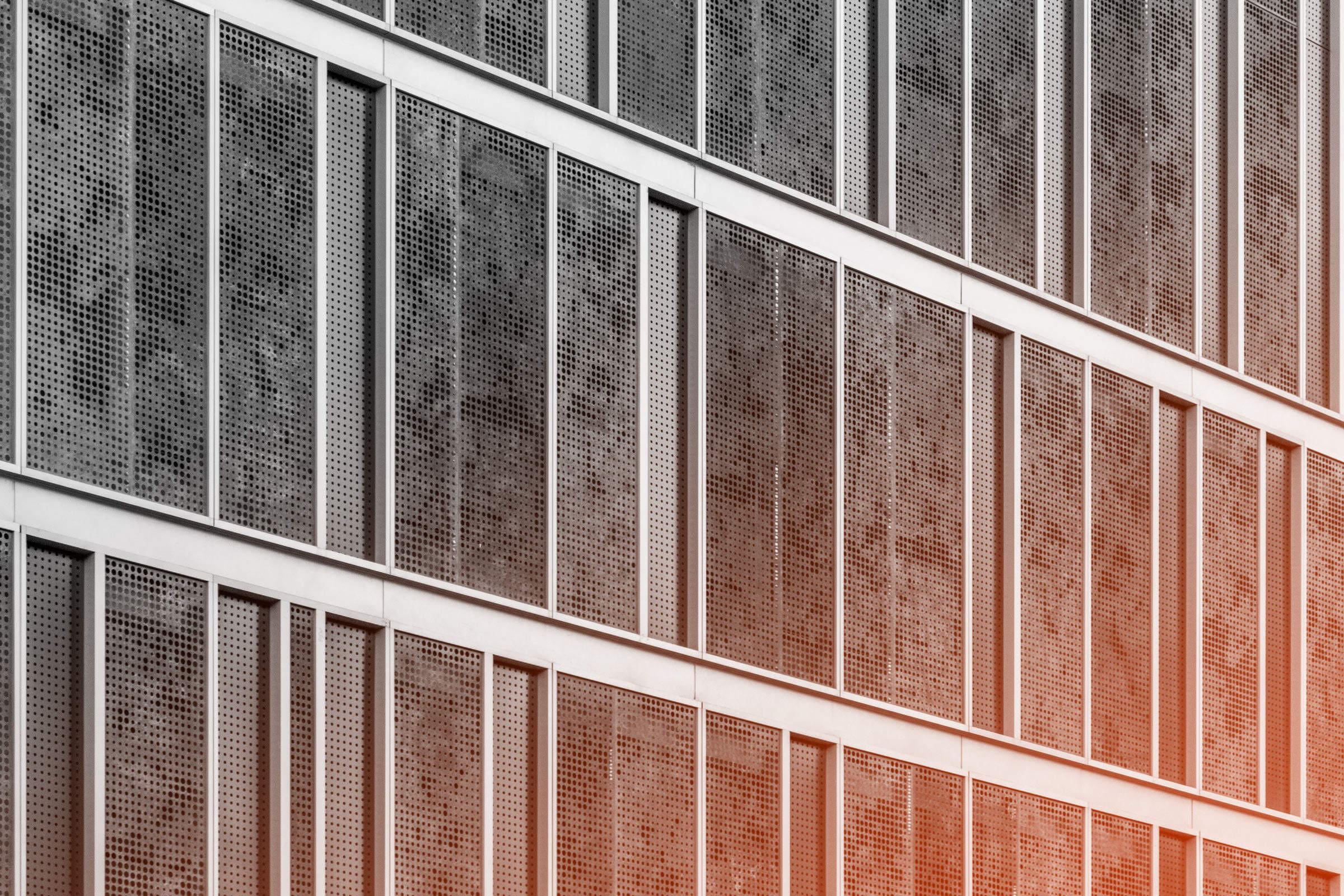
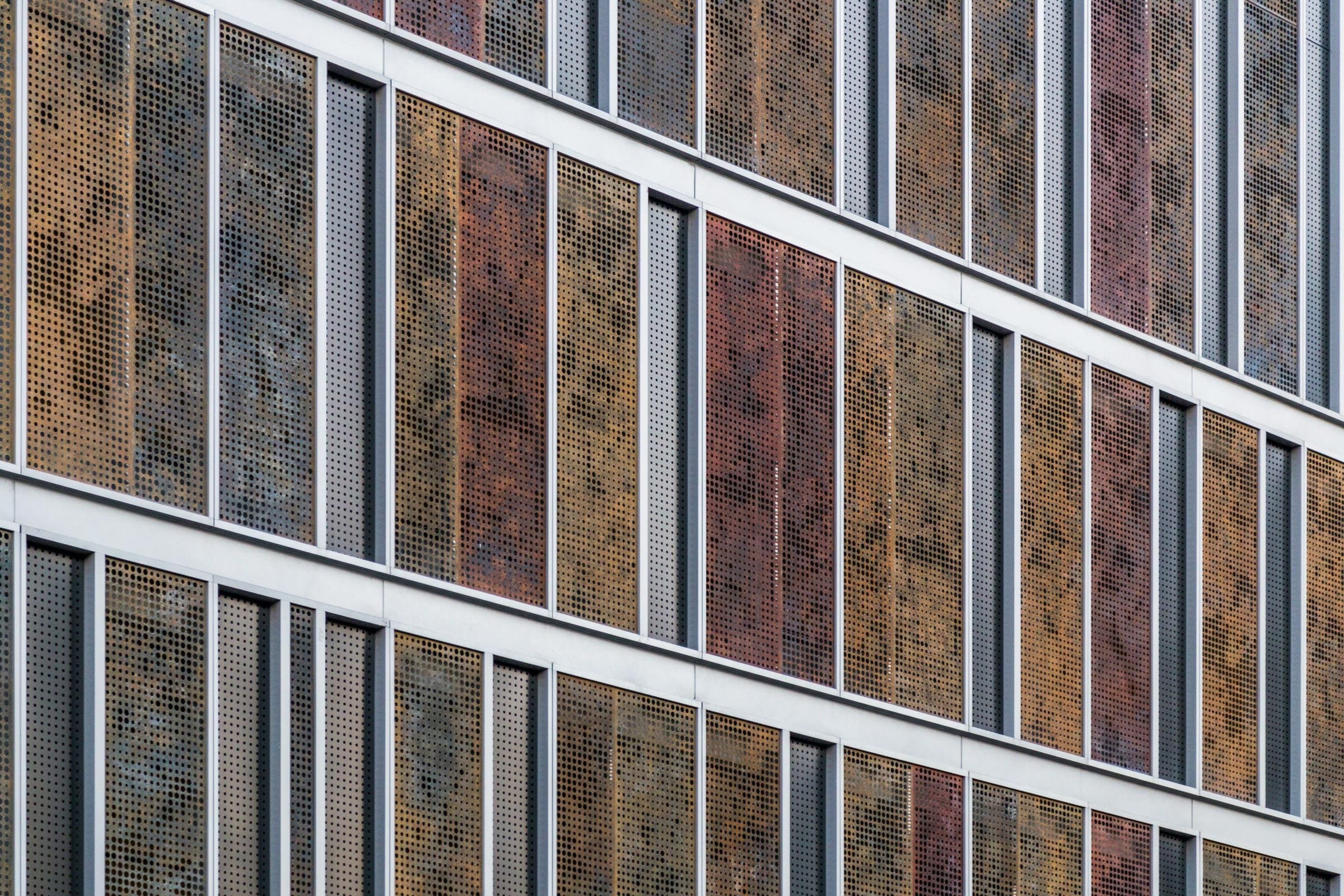
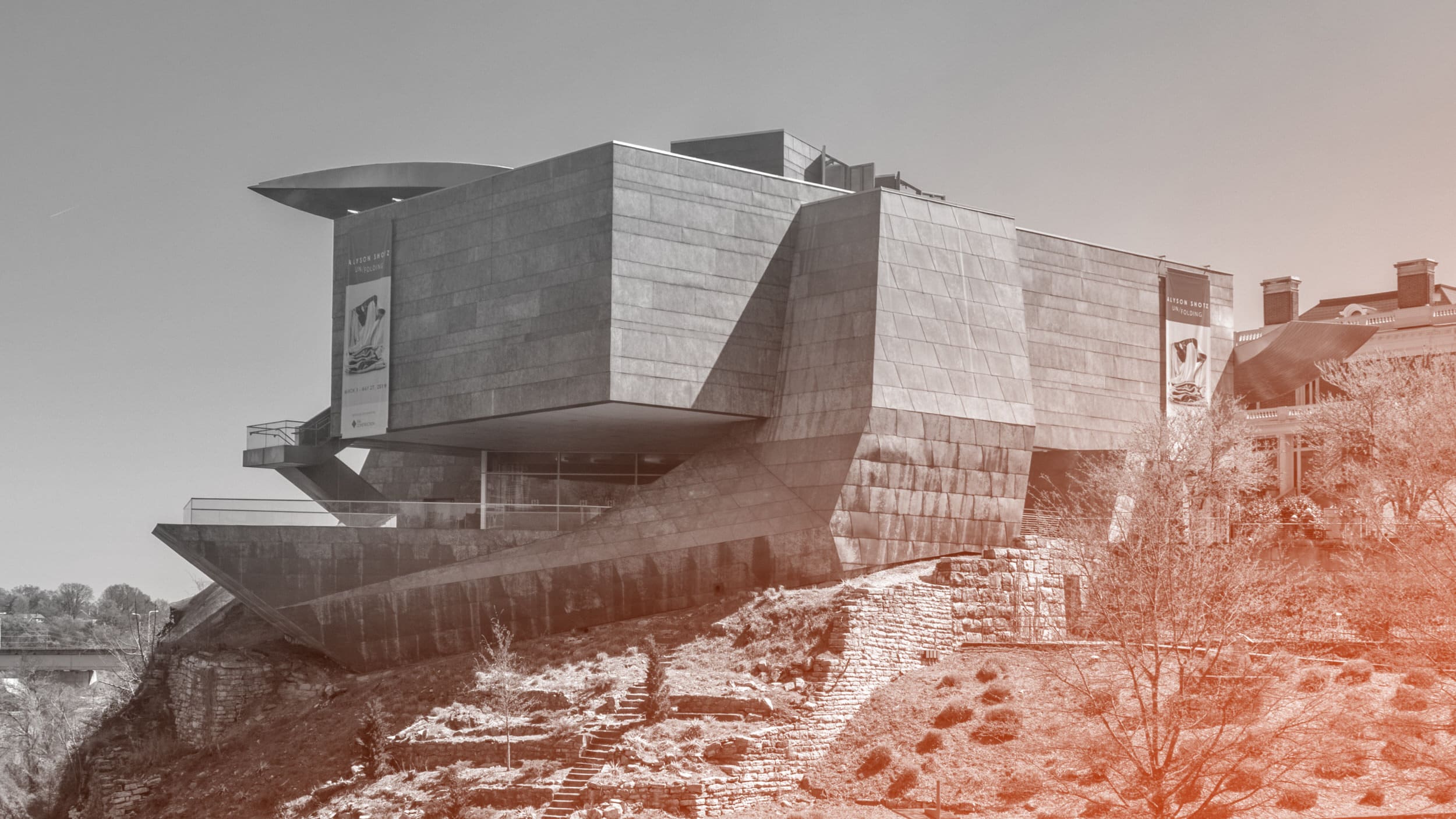 Ɱ, Creative Commons Attribution-Share Alike 4.0 International license, edited.
Ɱ, Creative Commons Attribution-Share Alike 4.0 International license, edited.